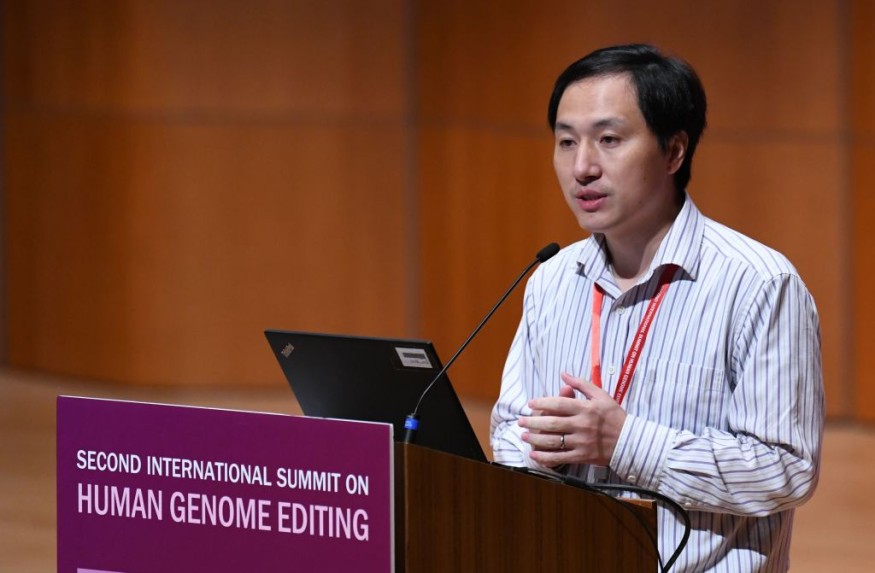The field of genetics has come a long way since Gregor Mendel, the father of genetics, discovered that genes determine hereditary rules. Today, scientists have developed a technology that can alter the genetic components of living organisms to the point of even the possibility of creating genetically modified babies.
However, this is still a controversial application of the technology because the risks outweigh its benefits. In July 2021, the World Health Organization (WHO) expert committee has released new guidelines that conclude gene-editing on humans is still risky and a bad idea to begin with. The new policy also discussed a proposed framework for global governance on the technology.

Controversial Scientist in China Creates Genetically Modified Babies
In November 2018, biophysicist He Jiankui formerly from the Southern University of Science and Technology in Shenzhen, China, presented his research project that used the CRISPR gene-editing tool to modify human embryos that resulted in the birth of twin girls with immunity against HIV.
Although his research might have resulted in the improved immune system of the twins, it was not received well due to many factors. According to Gizmodo, one of these is his violation of ethics by forging documents and misleading study participants. Moreso, Chinese officials, found that the rogue scientist was running an illegal experiment.
The following year, in 2019, WHO formed an expert committee in response to the genetically modified babies scandal that involved He Jiankui. The scandal created an outcry from experts, with some of them advocating for a temporary prohibition on human genome editing due to its potential risks.
As Gizmodo reported, there are varieties of human genome editing, but the WHO expert committee has expressed their concerns over these types of gene editing. Soumya Swaminathan, a chief scientist and a member of the committee, said that there are still gaps between the benefits and risks of the technology and the scientific understanding of its long-term effects.
ALSO READ: New Gene-Editing Technology Repairs Mutation in Hutchinson- Gilford Progeria Syndrome
The Good and the Bad Side of Human Genome Editing
Although He's experiments on genetically modified babes violated many ethical parameters of the CRISPR gene-editing tool, the results no doubt served as a reminder of the potential benefits of the technology. In the twins' case, He was able to make them immune from the deadly infection.
The 2019 paper of WHO in Frontier Technology Quarterly discussed how the CRISPR gene-editing tool offers new solutions to prevent deadly blood and brain disorders, treat some cancers, and become immune against pathogens. It can even develop designer babies with high IQs and athletic abilities greater than ordinary humans.
On the other hand, they also emphasized that the downside risks of the technology should also be considered. First, it could increase inequality in health outcomes across countries since access to technology will be limited to those who can afford them. Second, there could be unintended health consequences. Lastly, genetic modifications could lead to babies with superhuman abilities who could end up being weaponized to cause harm in specific population groups.
Check out more news and information on Genetics in Science Times.











